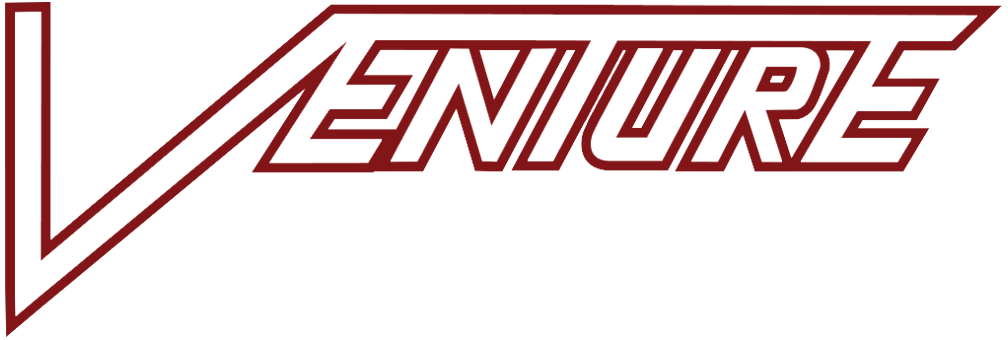Introduction
Did you know that steel accounts for over half of all materials used in global energy infrastructure?
From oil pipelines to wind turbines, steel is the backbone of modern energy systems. Its unparalleled strength, durability, and versatility make it indispensable in both traditional and renewable energy sectors.
In this article, we’ll explore how steel drives energy infrastructure, its applications in various energy projects, and the future of sustainable steel in green energy.
Applications of Steel in Energy Infrastructure
Traditional Energy Projects
Steel plays a vital role in traditional energy sectors like oil, gas, and coal.
Oil and Gas Pipelines
Steel pipelines are essential for transporting oil and gas over long distances. These pipelines are engineered to withstand high pressures and extreme temperatures, ensuring safe and efficient energy distribution. Corrosion-resistant coatings further enhance their lifespan.
Coal and Thermal Power Plants
In thermal power plants, steel is used in turbines, boilers, and structural frameworks. Its ability to handle high temperatures makes it ideal for such demanding environments.
Steel in Renewable Energy
As the world shifts towards greener energy, steel remains a key material.
Wind Turbines
Wind turbines rely on steel for their massive towers, which provide the stability needed to capture wind at high altitudes. Rotor blades also incorporate advanced steel alloys for durability.
Solar Power Plants
Steel is widely used in mounting systems for solar panels, providing the structural support necessary for large-scale solar installations.
Hydropower Facilities
Dams and hydropower plants utilize steel in gates, turbines, and flow channels, ensuring strength and resistance to water-induced wear.
Advantages of Steel in Energy Infrastructure
Durability
Steel’s ability to withstand stress, heavy loads, and environmental extremes makes it ideal for energy applications.
Cost-Effectiveness
While the upfront cost may be significant, steel’s low maintenance needs translate to long-term savings.
Recyclability
Steel is one of the most recyclable materials, making it an eco-friendly choice for energy infrastructure.
Innovations in Steel for Green Energy Projects
The push for sustainability has led to innovations in steel production. High-strength, lightweight alloys are becoming increasingly popular in renewable energy projects. Additionally, using recycled steel significantly reduces carbon emissions, aligning with global goals for a greener future.
Case Study: Wind Turbines Powered by Steel
At a leading wind farm in the Midwest, steel towers were used to achieve higher turbine heights, increasing energy production by 20%. The project showcased steel’s ability to balance cost-efficiency with performance, solidifying its role in renewable energy.
Conclusion
Steel is the backbone of modern energy infrastructure, from traditional pipelines to renewable wind and solar projects. Its strength, durability, and recyclability make it an essential material in the transition to sustainable energy solutions.
Explore how Venture Pipe & Supply can provide high-quality steel solutions for your next energy project. Contact us today!


